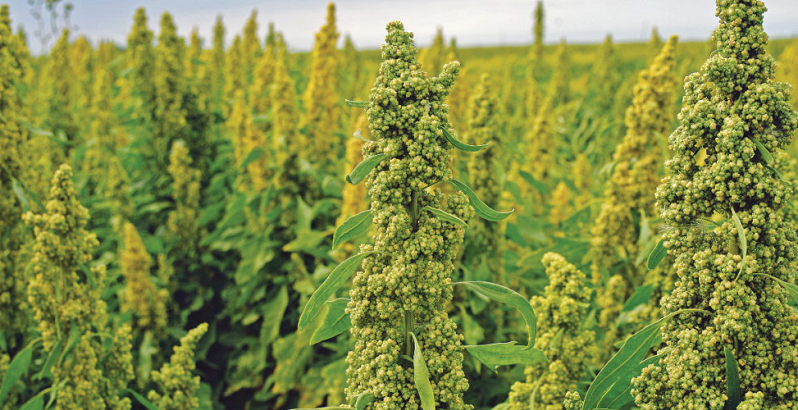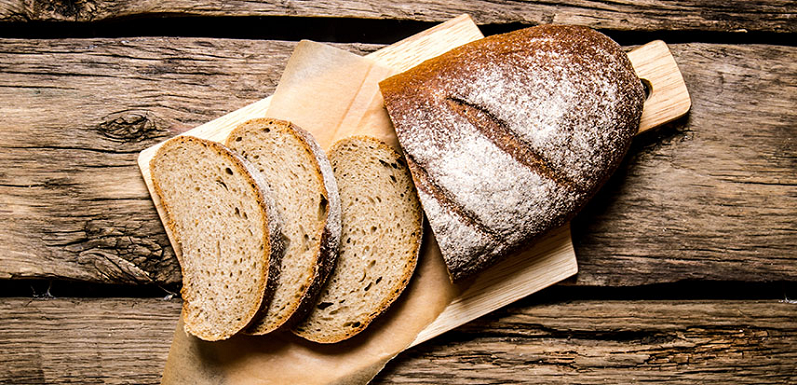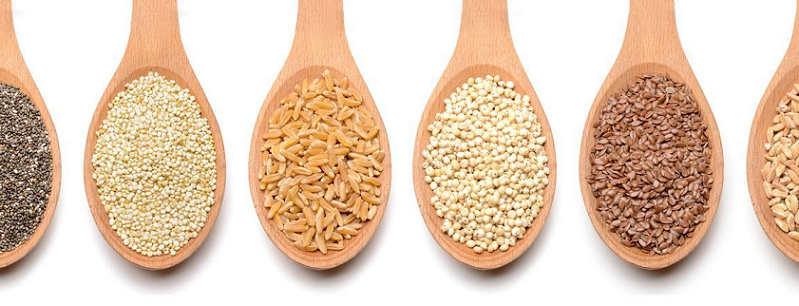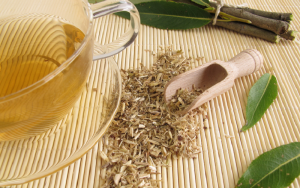
Welcome to our journey back in time as we explore the rich, nourishing world of ancient grains. Millennia before the advent of modern agriculture, societies across the globe harvested these grains not just for sustenance but for their incredible health benefits too. Today, as we grapple with the health implications of highly processed foods, there is a resurgent interest in these power-packed grains of antiquity—spelt, quinoa, farro, teff, and kamut, to name a few.
Contents
Understanding Ancient Grains
Ancient grains have been an integral part of human diet for thousands of years, dating back to the dawn of agriculture. From the fertile crescent to the expansive plains of Africa, these grains were the cornerstones of ancient civilizations, fueling their growth and advancement. The Romans, Greeks, and Egyptians revered these grains, using them in everything from their daily meals to their sacred rituals.
Definition of Ancient Grains
So, what exactly are ancient grains? In simple terms, ancient grains are varieties of grains and cereals that have remained largely unchanged over the last several hundred or even thousands of years. Unlike modern grains, which have been extensively cross-bred and modified over time to increase yield and resist pests, ancient grains are much closer to their original form.
Characteristics of Ancient Grains
Ancient grains exhibit a unique combination of traits that sets them apart from their modern counterparts. They are typically whole grains, meaning they contain all parts of the grain — the bran, endosperm, and germ. This whole-grain nature makes them rich in fiber, protein, and other essential nutrients. Additionally, many ancient grains are also gluten-free, making them an excellent choice for people with gluten sensitivities or celiac disease. Lastly, due to their minimal modification over time, ancient grains often exhibit robust flavors and textures that add a unique dimension to your dishes.
Difference Between Ancient Grains and Modern Grains
One may wonder what differentiates ancient grains from modern grains. Modern grains such as common wheat, corn, and rice, have been heavily bred and modified to enhance certain characteristics like yield, size, and resistance to pests. However, these modifications have also led to changes in their nutritional content, often reducing their protein and fiber content, and sometimes increasing their gluten content.
In contrast, ancient grains have been largely spared from such extensive modifications, allowing them to retain their original nutrient profiles. This difference can have significant implications for our health, making ancient grains a worthy addition to our diets.

Detailed Look at Ancient Grains
Now that we have a basic understanding of what ancient grains are and why they’re important, let’s delve deeper into some specific types of these nutritious powerhouses.
Spelt: An Overview
Spelt, also known as dinkel wheat or hulled wheat, is one of the oldest cultivated grains in human history, with its use dating back over 7,000 years [1].
Historical Significance of Spelt
Originating in the fertile crescent, spelt was widely grown in ancient and medieval times across Europe and the Middle East. Its hardy nature, ability to withstand poor soil conditions, and high nutritional value made it a staple grain for many civilizations.
Nutritional Profile of Spelt
Spelt is an impressive source of nutrients. It boasts high levels of protein and dietary fiber, making it excellent for digestion and satiety. It also contains a variety of minerals like magnesium, zinc, and iron, and vitamins such as niacin (B3), thiamin (B1), and riboflavin (B2).
Health Benefits of Spelt
Regular consumption of spelt can contribute to a healthy diet in multiple ways. Its high fiber content promotes healthy digestion and helps maintain stable blood sugar levels. The rich mineral content supports immune function and energy production, while the vitamins aid in nerve function and skin health.
Quinoa: A Superfood
Next on our list is Quinoa, a pseudocereal that has gained superfood status in recent years due to its remarkable nutritional profile [2].
Origins and Historical Use of Quinoa
Quinoa was first cultivated by the Inca civilization in the Andean region over 5,000 years ago. They revered it as the “mother of all grains” and it played a central role in their religious ceremonies and daily diets.
Nutritional Breakdown of Quinoa
What sets quinoa apart is its protein content – it is one of the few plant foods that is a complete protein, meaning it contains all nine essential amino acids. Additionally, quinoa is high in fiber, magnesium, B vitamins, iron, potassium, calcium, and Vitamin E. It’s also gluten-free, making it an excellent choice for those with gluten sensitivities.
Health Advantages of Quinoa
The health benefits of quinoa are wide-ranging. Its high-quality protein and fiber content support muscle health and aid in digestion and weight management. The rich mineral and vitamin content boosts immune function, supports heart health, and contributes to overall wellbeing.
Farro: The Ancient Wheat
Finally, let’s explore Farro, an ancient form of wheat that was a mainstay in the diet of the ancient Egyptians and Romans [3].
Farro in History
Farro’s roots trace back to the Fertile Crescent, where it was one of the first grains ever domesticated. Later, it became a staple in the diet of the ancient Egyptians and the Roman legions.
Nutrient Content of Farro
Farro is a nutritionally dense grain. It’s high in protein, fiber, and a range of minerals like iron, magnesium, and zinc. It also contains a good amount of B vitamins, particularly niacin, which is important for cardiovascular health and energy production.
Benefits for Health
Farro’s high fiber content aids in digestion and helps manage blood sugar levels. Its protein content makes it a satisfying meal component, aiding in weight management. The rich mineral and vitamin profile supports various body functions, contributing to overall health and wellness.

Lesser-Known Ancient Grains
As we continue our exploration of ancient grains, we turn our attention to two lesser-known but nutritionally impressive members of this group: Teff and Kamut. While they may not have the mainstream recognition of quinoa or spelt, these grains hold a treasure trove of nutritional benefits worth discovering.
Teff: The Tiny Powerhouse
Teff, a grain native to Ethiopia and Eritrea, is the smallest grain in the world, yet it packs a mighty nutritional punch [4].
Teff’s Cultural Importance
Teff has been a staple of Ethiopian and Eritrean diets for thousands of years, playing a crucial role in their food culture. It is the primary ingredient in injera, a fermented flatbread that’s a centerpiece of meals in these regions.
Nutritional Information of Teff
Despite its small size, teff is big on nutrition. It’s a rich source of protein, dietary fiber, and minerals like iron, calcium, and magnesium. It also has a noteworthy amount of vitamin C, a nutrient rarely found in grains.
Health-Boosting Qualities of Teff
The high fiber and protein content in teff aid in digestion, blood sugar regulation, and satiety. Its iron content can help prevent anemia, while its calcium content supports bone health. Furthermore, being gluten-free, it’s an excellent grain choice for those with celiac disease or gluten sensitivity.
Kamut: The Egyptian Grain
Next, we journey to the banks of the Nile to discover Kamut, an ancient grain believed to have originated in Egypt [5].
History and Origin of Kamut
Kamut, also known as Khorasan wheat, is thought to have been cultivated first in ancient Egypt. Its kernels are twice the size of modern wheat kernels, and they have a rich, nutty flavor.
Nutrient Composition of Kamut
Kamut is a nutrition powerhouse. It’s packed with protein, dietary fiber, and a plethora of vitamins and minerals. It’s particularly high in selenium, a mineral that supports immune function and acts as an antioxidant.
Health Rewards of Kamut
The health benefits of Kamut are impressive. Its high fiber and protein content promote digestive health and support weight management. The rich vitamin and mineral content boosts immunity, supports heart health, and aids in energy production.

Incorporating Ancient Grains into Your Diet
Having explored the fascinating world of ancient grains and their health benefits, you might be wondering how to include these nutritious powerhouses in your diet. Whether you’re a culinary adventurer or a comfort food enthusiast, there are plenty of ways to introduce ancient grains into your meals.
Benefits of a Grain-Inclusive Diet
Before we delve into the how-to, let’s briefly recap why a grain-inclusive diet is beneficial. Whole grains, particularly ancient ones, are nutrient-dense, providing an array of vitamins, minerals, and fiber that support various bodily functions. They aid in digestion, help control blood sugar, promote heart health, and contribute to a sense of satiety that can aid in weight management. Moreover, their rich, hearty flavors and textures can add depth to a wide range of dishes [6].
Transitioning to Ancient Grains
Transitioning to ancient grains doesn’t have to be an all-or-nothing endeavor. You can start by substituting a portion of modern grains in your meals with ancient grains. For instance, mix quinoa or farro into your white rice, or substitute half the regular flour in your baking recipes with spelt or kamut flour. You can also use ancient grains in salads, soups, and stews, or enjoy them as standalone side dishes.
Recipes and Meal Ideas for Ancient Grains
To get you started, here are a few meal ideas featuring ancient grains:
- Breakfast: Cook a comforting bowl of teff porridge with your favorite toppings, or make a quinoa breakfast bowl with fruits and nuts.
- Lunch: Toss cooked farro into your salads for a hearty lunch, or use quinoa to make a delicious grain bowl with veggies and protein.
- Dinner: Substitute your usual side of rice or pasta with spelt or kamut, or use ancient grains as the base for a nourishing stir-fry.
- Snacks: Bake healthy snacks like spelt muffins or teff cookies, or make a batch of savory kamut crackers.
References
[1] Ask a Nutritionist: Why Eat Ancient Grains?
[2] Health Benefits of 7 Ancient Grains
[3] The whole grain goodness of modern and ancient grains
[4] Health benefits of ancient grains. Comparison among bread made with ancient, heritage and modern grain flours
[5] 6 Ancient Grains You Should Try Once You’ve Mastered Quinoa
[6] Mayo Clinic Minute: Discover the health benefits of farro







